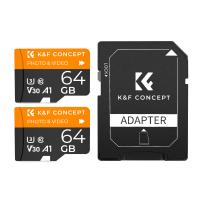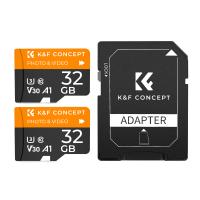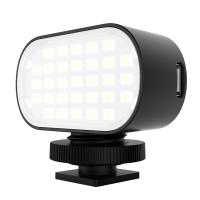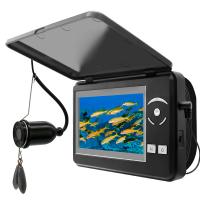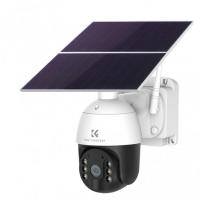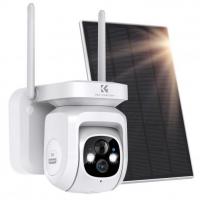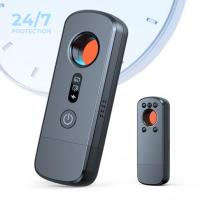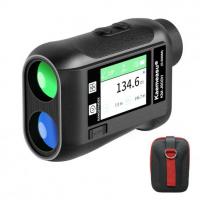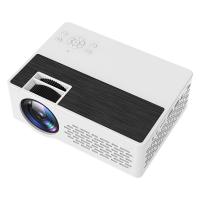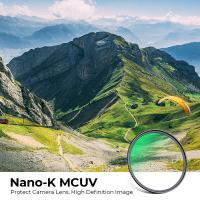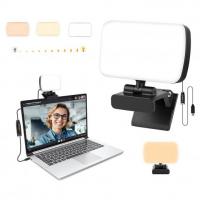Can Surveillance Cameras Have Audio?
Surveillance cameras have become an integral part of modern security systems, providing visual monitoring to deter crime, ensure safety, and gather evidence. However, a common question that arises is whether these cameras can also capture audio. The answer is yes, many surveillance cameras are equipped with audio recording capabilities. This article will delve into the various aspects of audio-enabled surveillance cameras, including their benefits, legal considerations, technological features, and practical applications.
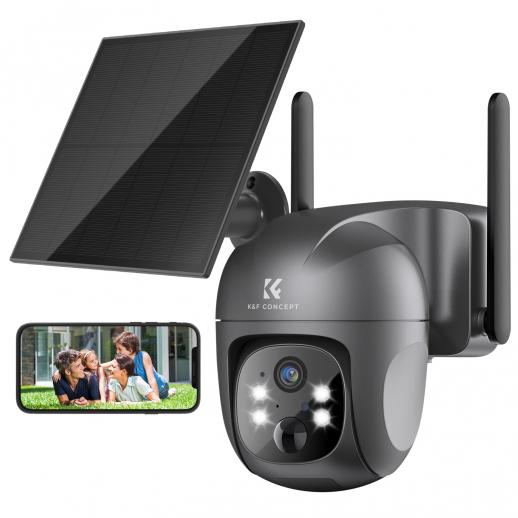
The Benefits of Audio-Enabled Surveillance Cameras
Enhanced Security and Monitoring
One of the primary benefits of audio-enabled surveillance cameras is the enhanced security they provide. Audio recording can capture conversations, noises, and other auditory cues that visual footage alone might miss. This can be particularly useful in identifying suspicious activities, understanding the context of incidents, and providing comprehensive evidence in investigations.
Improved Communication
In certain environments, such as retail stores or public transportation, audio-enabled cameras can facilitate better communication between staff and customers or passengers. For instance, in a retail setting, audio recordings can help resolve disputes by providing a clear record of conversations between employees and customers.
Training and Quality Control
Businesses can use audio recordings for training and quality control purposes. By analyzing interactions between employees and customers, management can identify areas for improvement and provide targeted training to enhance service quality.
Legal Considerations
While the benefits of audio-enabled surveillance cameras are clear, it is crucial to consider the legal implications of audio recording. Laws regarding audio surveillance vary significantly by jurisdiction, and it is essential to comply with local regulations to avoid legal repercussions.
Consent Requirements
In many regions, recording audio without consent is illegal. For instance, in the United States, the Federal Wiretap Act and various state laws regulate audio recording. Some states require the consent of all parties involved in a conversation (two-party consent), while others require only one party's consent (one-party consent). It is essential to understand and adhere to these laws to ensure that audio recording is conducted legally.
Privacy Concerns
Audio recording can raise privacy concerns, particularly in areas where individuals have a reasonable expectation of privacy, such as restrooms, changing rooms, and private offices. To address these concerns, it is important to clearly inform individuals that audio recording is taking place, typically through visible signage.
Technological Features
Modern surveillance cameras with audio capabilities come equipped with various technological features that enhance their functionality and usability.
Built-in Microphones
Many surveillance cameras come with built-in microphones that can capture high-quality audio. These microphones are often designed to filter out background noise and focus on capturing clear audio from the intended area.
Two-Way Audio
Some advanced surveillance cameras offer two-way audio capabilities, allowing users to communicate with individuals in the camera's vicinity. This feature can be particularly useful for remote monitoring, enabling security personnel to issue warnings or provide assistance in real-time.
Audio Analytics
Audio analytics is an emerging technology that uses artificial intelligence to analyze audio recordings and identify specific sounds or patterns. For example, audio analytics can detect gunshots, breaking glass, or raised voices, triggering alerts and enabling a swift response to potential threats.
Practical Applications
Audio-enabled surveillance cameras have a wide range of practical applications across various industries and settings.
Retail
In retail environments, audio-enabled cameras can help prevent theft, resolve disputes, and improve customer service. By capturing both video and audio, store managers can gain a comprehensive understanding of incidents and take appropriate action.
Public Transportation
In public transportation systems, audio-enabled cameras can enhance passenger safety and security. For example, audio recordings can help identify and address issues such as harassment, vandalism, or fare evasion.
Education
Schools and universities can benefit from audio-enabled surveillance cameras by improving campus security and monitoring interactions between students and staff. Audio recordings can provide valuable evidence in cases of bullying, misconduct, or other incidents.
Healthcare
In healthcare settings, audio-enabled cameras can enhance patient safety and care quality. For instance, audio recordings can help monitor patient interactions with staff, ensuring that proper protocols are followed and addressing any concerns that arise.
Challenges and Considerations
While audio-enabled surveillance cameras offer numerous benefits, there are also challenges and considerations to keep in mind.
Data Storage and Management
Audio recordings can consume significant storage space, particularly when combined with high-definition video footage. It is important to have a robust data storage and management system in place to handle the increased data load and ensure that recordings are securely stored and easily accessible.
Ethical Considerations
The use of audio-enabled surveillance cameras raises ethical considerations, particularly regarding privacy and consent. It is important to balance the need for security with respect for individuals' privacy rights and to implement measures that minimize potential intrusions.
Technical Limitations
Audio recording quality can be affected by various factors, such as background noise, microphone placement, and environmental conditions. It is important to choose cameras with high-quality microphones and to position them strategically to capture clear audio.
Audio-enabled surveillance cameras offer a powerful tool for enhancing security, improving communication, and providing valuable insights across various settings. However, it is essential to navigate the legal and ethical considerations associated with audio recording and to implement best practices for data management and privacy protection. By understanding the benefits, challenges, and practical applications of audio-enabled surveillance cameras, organizations can make informed decisions and leverage this technology to its fullest potential.







